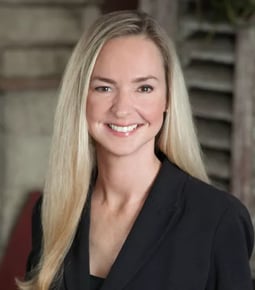Many benefits-related regulations apply the controlled group test, including for the applicable large employer determination, MEWA status, COBRA rules, and other areas beyond benefits.
An applicable large employer (ALE) for a calendar year is an employer who employed (along with members of its controlled group) an average of at least 50 full-time employees (plus full-time-equivalent employees) on business days during the preceding calendar year.
A controlled group means that all entities who are treated as a single employer under Code § 414(b), (c), (m), or (o) are also treated as a single applicable large employer under the ACA’s employer mandate and must be counted together. Note that the employer mandate regulations do not incorporate the separate line of business (SLOB) rules applicable to Code 414(r).
These cross-referenced subsections of Code §414 include all members of—
- a controlled group of corporations (Code §414(b));
- a group of trades or businesses under common control (Code §414(c));
- an affiliated service group (Code §414(m)); and
- certain other arrangements described in regulations (Code §414(o)).
If there is sufficient common ownership, all groups must be treated as a single employer to determine whether or not an employer is actually an ALE altogether. If so, 1095-Cs and 1094-Cs would be required for each of the “ALE members.”
Under the parent/subsidiary test (which is the most common) two or more employers would be treated as a single employer if there is a chain of corporations connected through one common parent, the common parent owns at least an 80% interest in one or more of any other corporations in the chain, and at least 80% of each other corporation in the chain is owned by one or more of the other corporations in the chain. For purposes of this test, the 80% ownership interest extends to voting power of stock or to total value of stock.
Under the brother/sister test, two or more corporations are in the same brother/sister group if they are controlled (both actual control and effective control) by the same five or fewer persons (or estates or trusts). Control means that those five or fewer individuals own stock possessing 80% or more of the total combined voting power of all classes of stock entitled to vote of each corporation AND more than 50% of the total combined voting power of all classes of stock entitled to vote of each corporation, taking into account the stock ownership of each owner only to the extent that the level of ownership interest is identical with respect to each corporation.
Thus, the brother/sister-controlled group should be of concern where five or fewer shareholders (1) own at least 80% of each corporation and (2) own more than 50% of all corporations, taking into account identical ownership interests with respect to each corporation.
Note that the more subjective affiliated service group rules also apply.
So, an employer’s CPA or legal counsel, and not their benefits broker or consultant, will need to review the Code 414(b), (c), (m), or (o) rules to determine if there is or isn’t a controlled group between the companies. And if there is a controlled group, that group is considered a single employer for determining whether or not you are an applicable large employer (ALE) under the ACA.
Note that these same rules apply to whether or not an employer sets up a multiple employer welfare arrangement (MEWA), which has additional restrictions.
Here is an IRS publication regarding controlled group rules: https://www.irs.gov/pub/irs-tege/epchd704.pdf

COMMENTS